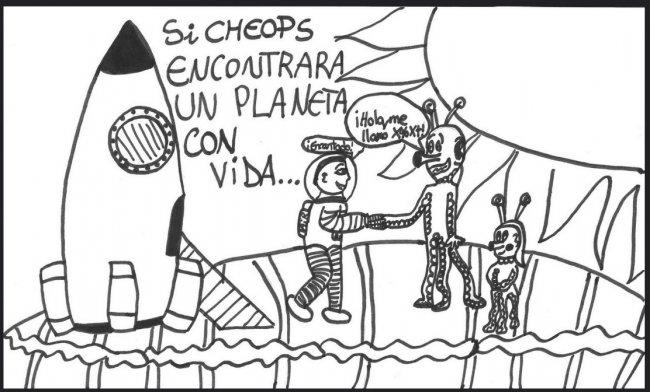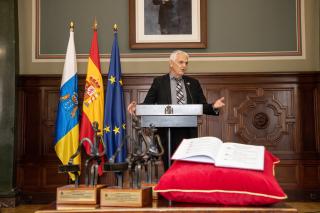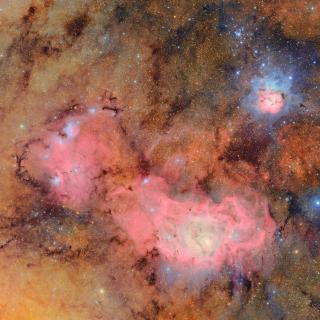The CHEOPS mission (CHaracterizing ExOplanet Satellite) of the European Space Agency (ESA) has announced the drawings that will travel into space aboard its telescope. CHEOPS is scheduled for launch at the beginning of 2018 and its goal is to observe new planets outside the Solar System. CHEOPS has randomly selected 297 out of the nearly 4,500 drawings sent by Spanish children in response to the call and the results can be found on the official website of the project: www.cheops.es.
The call for children drawings has been an initiative of the European Space Agency to bring space developments closer to children. In Spain this has been achieved thanks to the collaboration of the Consejo Superior de Investigaciones Científicas (CSIC), the Institute of Space Studies of Catalonia (IEEC) and the Instituto de Astrofísica de Canarias (IAC).
3,000 drawings will travel to space
3,000 drawings of European children aged between 8 and 14 years will be miniaturized and recorded on a plaque that will be placed on the CHEOPS space telescope. "Thanks to this contest and to the CHEOPS project, thousands of children can fulfill their dream of, somehow, travelling through space and explore it in search of other worlds," said Ignasi Ribas, investigator of the CSIC and the IEEC at the Institute of Space Sciences, and coordinator of the initiative in Spain.
The contest, which aims to bring astronomy and science to children, has exceeded all expectations of the organizers in terms of participation and quality of the works. Thanks to the large number of drawings received, the number assigned to Spain was finally increased from 250 to 297.
CHEOPS mission
The name of CHEOPS is a tribute to the ancient Egypt and a reference to the famous pyramid with the same name in English. So far about 2,000 exoplanets have been discovered and this space mission, belonging to the Cosmic Vision program of the European Space Agency, is aimed at increasing this number and, at the same time, at obtaining much more precise measurements of those that are already known.
The CHEOPS telescope will observe transits of planets, i.e. small eclipses of bright stars where we know there is a planetary system. It will be done by means of photometry of very high precision. This technique measures the brightness of a star every minute to detect a small decrease when the planet passes in front of the star and hides part of its disk. The data will allow the determination of the size of the planet, with great precision and to find out whether it is a world made up of gas, like Neptune, or of rock, like the Earth.
CHEOPS is the first ESA small mission. There are three mission categories: large, costing billions of euros, medium, costing hundreds of millions and, finally, small, which cost less than 100 million. CHEOPS was selected among 26 other proposals in October 2012 and has a budget of EUR 50 million.
The selected drawings are available in this gallery:
https://www.flickr.com/photos/138005523@N07/
Video:
https://webmail.csic.es/bigfiles/descarga.php?l=78720904t&t=1455813189&…
Contact:
Ignasi Ribas: iribas [at] ice.cat (iribas[at]ice[dot]cat) and 937379788; ext 933027
Enric Pallé: epalle [at] iac.es



